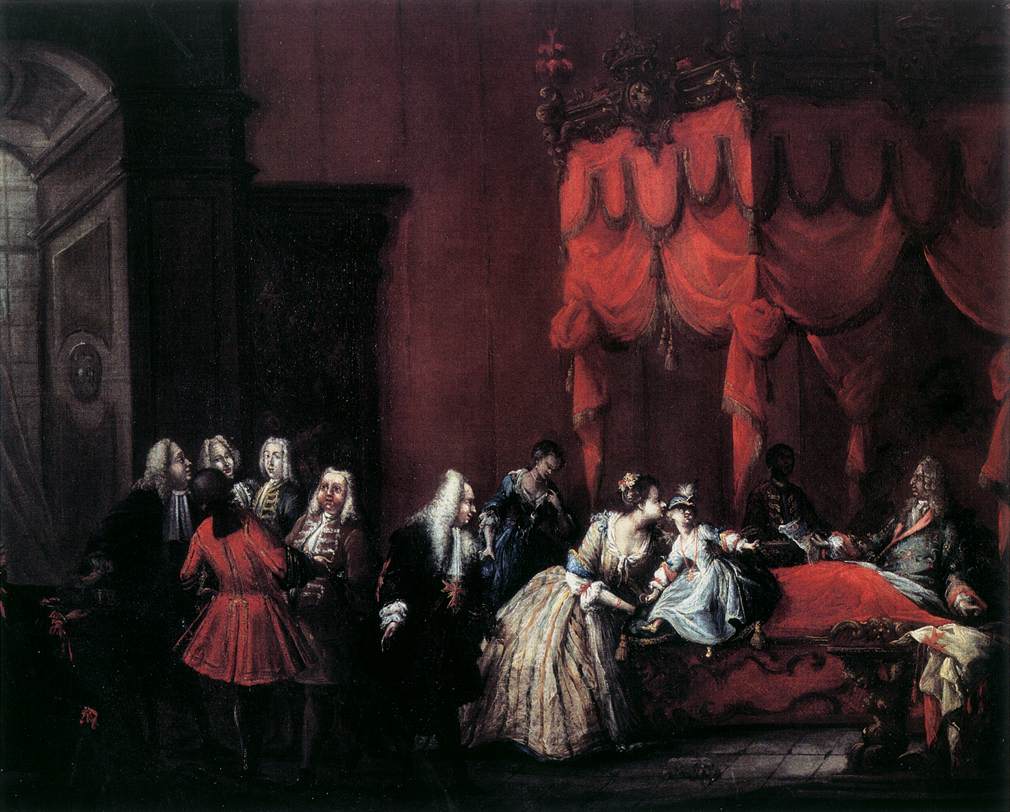A great many individuals and families of historical prominence contributed to the development of the Italian and larger European Renaissance through acts of patronage. Among them was the Florentine House of Medici. The Medici were an Italian noble house that served first as the de facto rulers of Florence and then as Grand Dukes of Tuscany, from the mid-15th century to the mid-18th century.
For good reason, intense scholarly focus and volumes of original research center on the more famous members of the Medici dynasty at its peaks, which coincides with points during the High Renaissance period of the larger Italian Renaissance. However, to examine the decline and twilight years of Medici reign, and those responsible for its ultimate failure, reveals astounding truths. In fact, the Medici still engaged in transformational acts of patronage 200 years after artists Leonardo da Vinci and Raphael and, by the family’s end, played a fundamental role in the preservation of tangible Florentine cultural heritage.
Gian Gastone (1671–1737) was the seventh and final Medicean Grand Duke of Tuscany. His sister Anna Maria Luisa (1667–1743) was Princess of Tuscany by birth and Electress Palatine of Neuburg by marriage. Both died alone, in Florence, and without issue.
In 1737, after a life of decadence and abdication, Grand Duke Gian Gastone lay on his death bed. The streets of Florence were filled with thousands of foreign troops, serving as an occupying force for his soon-to-be successor, Francis Stephen, Duke of Lorraine. Gian Gastone was able to extract a promise from the man selected by the other European powers to inherit his family’s legacy: Tuscany would never be considered part of an Imperial domain. It would remain, through inheritance, to a branch of Francis Stephen’s House of Lorraine. Gian Gastone died, and the promise was honored. Barring this, it is highly likely that Tuscany would have lost its sovereignty. Gian Gastone succeeded in buying time for his sister, and nominal successor, the Princess Anna Maria Luisa, to act.

Gian Gastone in bed
Following the death of her brother, Gian Gastone, and the dissolution of the Royal House of Medici, Anna Maria Luisa was princess in name only. She lived out her remaining years in a portion of her family’s former Palazzo Pitti, separate and apart from the new government. She is, however, among the most historically significant members of the House of Medici. Anna Maria Luisa signed a pact with the successor Lorraine dynasty, guaranteeing that the material culture of Florence not be removed, and that it be protected for the benefit of the people and curiosity of visitors. This was the defining act upon her death in 1743, but there is no telling what could have been lost in the interim, should Tuscany had lost its independence.
If Medici cultural acquisitions had been removed from Florence, the perception of their influence and of the Renaissance itself would have been forever altered. Certainly, subsequent dynasties could have also destroyed Medici architecture, which instead fell under the protection of Anna Maria Luisa’s pact, for the sake of building their own structures, or to otherwise wipe out the memory of the Medici in order to elevate their own houses.
The lesson is that the cultural heritage of the world is priceless, but it is nothing without measures taken to ensure its protection and stewardship for future generations. Emphasis and praise should not only be placed on those who facilitate artists, architects, scientists and literary scholars in their work by way of patronage, but shared with those who use their authority to preserve that which came before them, for the benefit of those who come after.
Grand Duke Gian Gastone de’ Medici and Anna Maria Luisa are laid to rest within the Medici Chapels of the Basilica of San Lorenzo in Florence. A statue of the princess is located nearby. Gian Gastone and Anna Maria Luisa are currently portrayed in The Medici Dynasty Show, an English play performed in the former convent of Il Fuligno.




